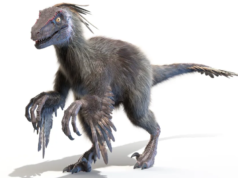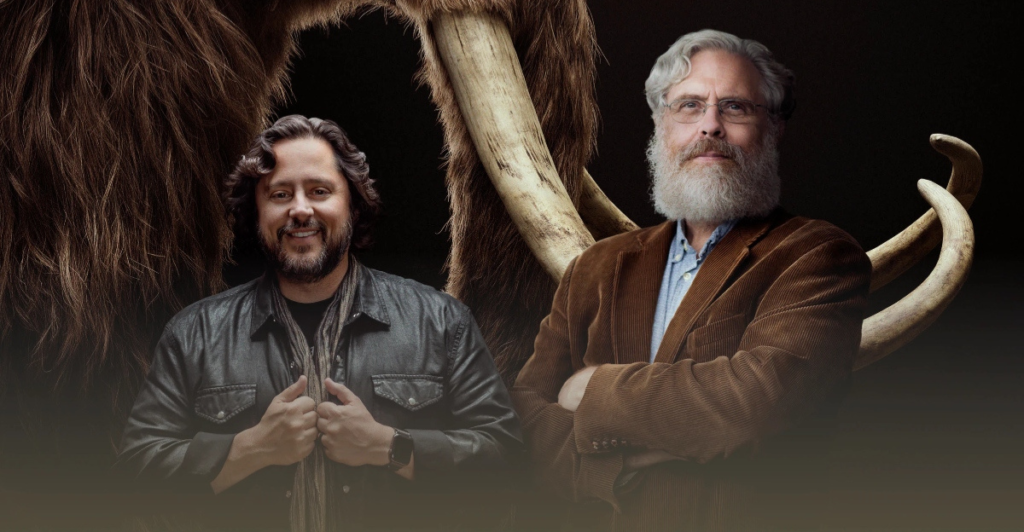
They were the fearsome predators of the Ice Age—massive, muscular, and gone for over 12,000 years. Most people know dire wolves from Game of Thrones, but few realize they actually once roamed North America.
Now, thanks to a Texas biotech startup backed by Hollywood and high finance, dire wolves are alive again—real, breathing pups with bone-crushing jaws. It’s not science fiction. It’s “de-extinction”—and it’s already reshaping the future of wildlife, medicine, and maybe even our planet.
Breakthrough in Genetic Resurrection

In a stunning feat of biotechnology, Colossal Biosciences has brought the dire wolf (Aenocyon dirus) back from extinction. Using DNA extracted from 13,000- and 72,000-year-old fossils, scientists reconstructed its genome and used CRISPR to edit modern wolf cells.
The result? Three pups born through cloning in 2024–2025. This marks the world’s first declared success in animal de-extinction. CEO Ben Lamm calls it “a turning point in life sciences,” hailing the pups as proof their gene-editing platform works.
The dire wolf, known for its massive skull and crushing jaws, had vanished around 12,500 years ago. Now, with fur, size, and traits matching its ancient ancestors, it’s back—offering a glimpse into the power of genetic resurrection and a future where extinction may no longer be final.
The Rise and Fall of the Dire Wolf
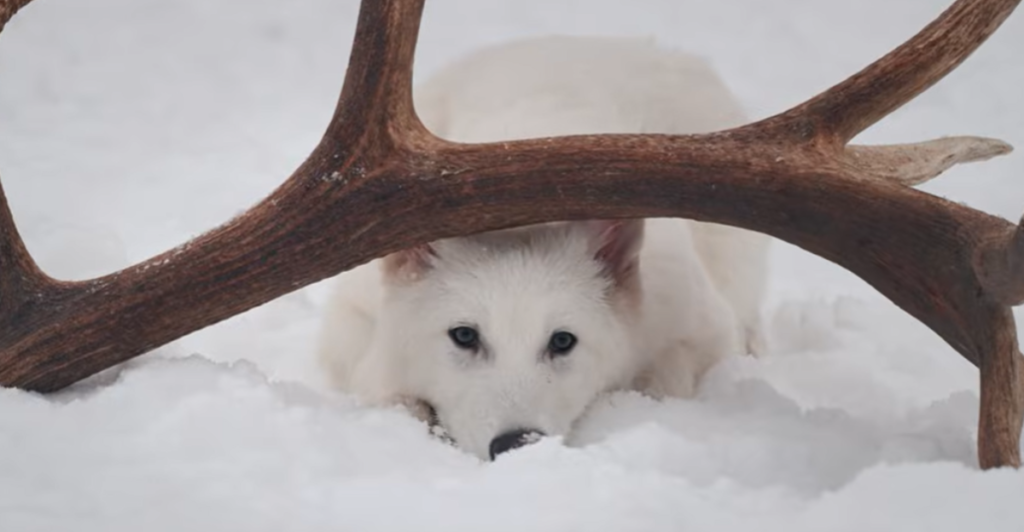
Dire wolves roamed North and South America during the Late Pleistocene, thriving for over 100,000 years. Larger and more robust than today’s gray wolves, they hunted massive prey like ground sloths and ancient bison.
Their skulls were broader, jaws stronger, and their bite more powerful—ideal for crushing bone. But around 13,000 years ago, climate shifts and the disappearance of megafauna wiped out their food supply. Unlike their adaptable gray wolf cousins, dire wolves were too specialized to survive the changing environment.
Though they lived on in fossil beds like California’s La Brea Tar Pits, their name entered pop culture lore thanks to Game of Thrones. Now, their return is writing a new chapter in both evolutionary science and human ambition.
Colossal Biosciences: Vision and Valuation
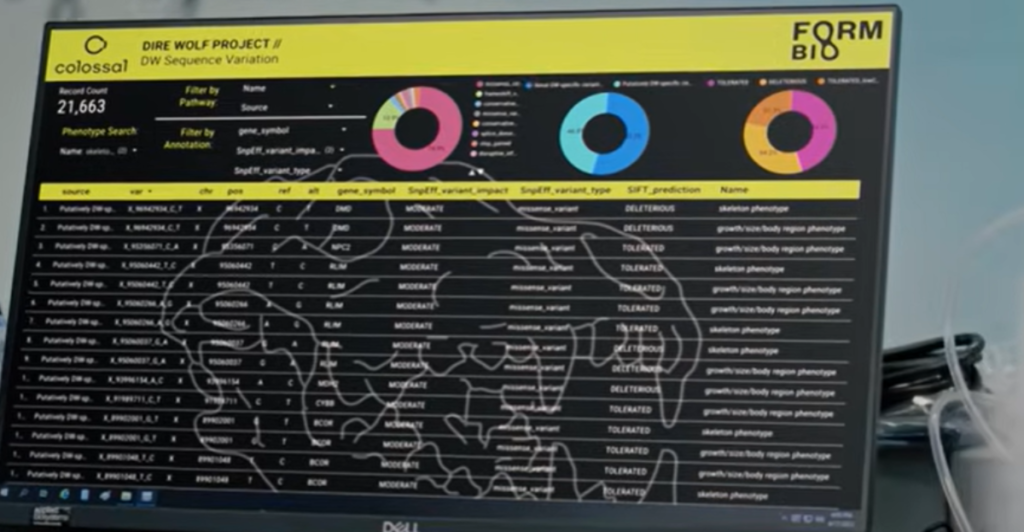
Founded in 2021 by tech entrepreneur Ben Lamm and Harvard geneticist George Church, Colossal Biosciences has redefined biotech. With a bold mission to “de-extinct” lost species, the Dallas-based company soared to a $10 billion valuation by early 2025.
Their dire wolf revival was developed under wraps, but they’ve publicly announced goals to bring back the woolly mammoth, dodo, and Tasmanian tiger. Investors have poured in over $435 million, including big names from Hollywood and Silicon Valley. Colossal argues its technology isn’t just about resurrecting extinct animals—it’s about restoring ecosystems, improving genetics, and preserving biodiversity.
With each success, Colossal positions itself at the intersection of synthetic biology and conservation, raising the question: Are we witnessing the future of species management—or rewriting nature’s rulebook?
The Scientific Process Decoded

Colossal’s team began with fossil DNA from a dire wolf skull and tooth. After reconstructing two high-fidelity genomes, they identified genes responsible for key traits—like thick white fur, broad skulls, and powerful jaws. Then came CRISPR: 20 genetic edits made across 14 genes in gray wolf cells.
The altered cells were cloned and inserted into donor eggs, which were implanted into domestic dog surrogates. Two male pups were born in late 2024, followed by a female in early 2025. This interspecies gestation was groundbreaking—pushing cloning, gene editing, and reproductive biology into new territory.
It’s not a Jurassic Park scenario, but a controlled, precision-driven process that sets a framework for future de-extinctions. And it’s already being adapted to help endangered species on the brink.
Meet the Modern Dire Wolves

The three pups—Romulus, Remus, and Khaleesi—aren’t just media darlings. They’re living proof of synthetic evolution. While technically 99.9% gray wolf, they exhibit striking dire wolf features: broader skulls, thicker coats, and powerful limbs.
The two males, now six months old, display assertive social behaviors, while the younger female is being closely observed for developmental traits. Beth Shapiro, Colossal’s chief science officer, calls them “functional replicas” of the original species.
Scientists will study everything from their vocalizations to hunting instincts. It’s a real-time experiment in resurrected biology—watching ancient genes express themselves in modern bodies. These animals are also teaching researchers how gene edits manifest over time, providing a new lens into evolution and potentially guiding conservation strategies for living species.
Secure Habitat and Responsible Stewardship

The pups live on a 2,000-acre secure compound in the northern U.S., though its exact location remains undisclosed. The facility is ringed with 10-foot fencing, equipped with drones, cameras, and 24/7 personnel. It’s USDA-certified and approved by the American Humane Society.
Colossal emphasizes strict ethical oversight, especially given public concerns over animal welfare and biosecurity. The dire wolves roam freely within the massive enclosure, allowing researchers to study their growth, interactions, and instincts without interfering with their natural behaviors.
Their environment mimics a Pleistocene-like habitat, with ample room to develop socially and physically. For Colossal, this is about more than optics—it’s a prototype for how future de-extinct species might be ethically managed, housed, and observed without endangering people, wildlife, or ecosystems.
Scientific Debate: True De-Extinction or Approximation?
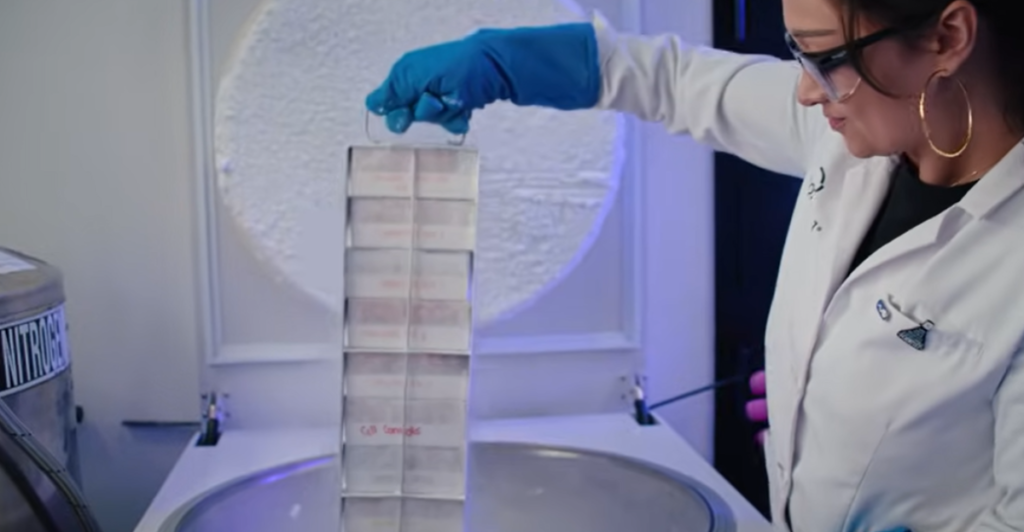
Not everyone agrees these pups count as dire wolves. Critics argue they’re genetically modified gray wolves, not genuine revivals. After all, they’re still 99.9% modern wolf. But Colossal contends that if the phenotype—the animal’s appearance and behavior—matches the extinct original, then functional de-extinction has been achieved.
It’s a debate that hinges on definitions. What is a species? Is it DNA alone—or how an organism lives and looks? For some scientists, this project blurs the line between authenticity and innovation. But even skeptics admit the work is groundbreaking.
The question now is whether functional equivalents of extinct species can fulfill ecological roles—and if so, should they be treated as restorations or new inventions? The dire wolf pups have become the center of this emerging biological identity debate.
Beyond the Dire Wolf: Future Applications
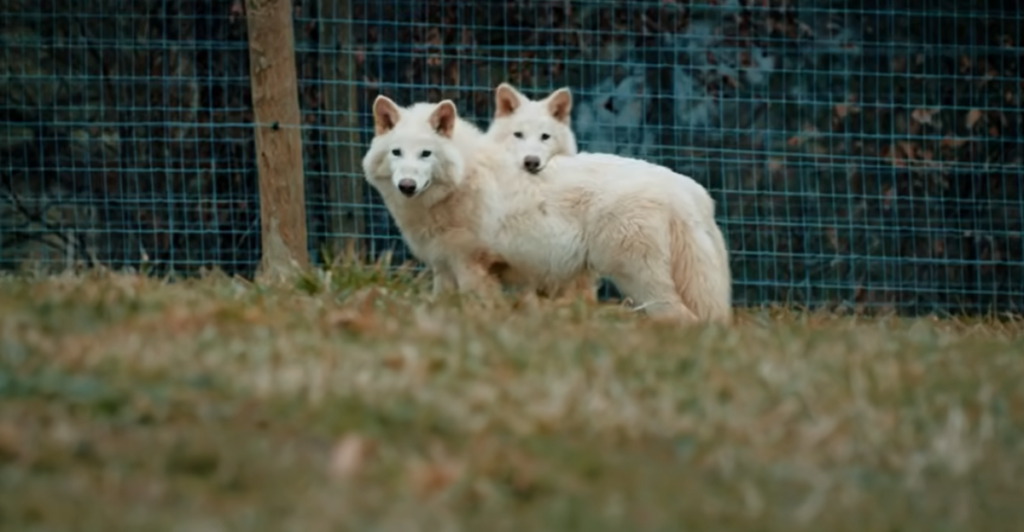
Colossal’s work is already bearing fruit beyond the Ice Age. Lessons from the dire wolf project have helped the team clone red wolves, one of the most endangered canids in the U.S. By refining low-impact cloning methods, they’re making conservation more viable for vulnerable species.
Meanwhile, their woolly mammoth revival is slated for 2028, with early embryos showing promise. Colossal also aims to bring back the dodo and Tasmanian tiger using similar techniques. But the deeper impact may lie in biodiversity banking—preserving genetic material before species disappear.
With extinction rates accelerating, this tech could become the ark of the Anthropocene. By blending conservation with synthetic biology, Colossal is reimagining what it means to protect life—not just saving species, but engineering resilience for a hotter, harsher future.
Ethical Considerations and Cultural Implications

Bringing back extinct animals is thrilling—but it’s not without controversy. Some question the ethics of investing hundreds of millions into de-extinction while living species teeter on the brink. Others worry about animal welfare, especially the use of surrogates and lab-based gestation.
Then there’s cultural impact: the dire wolf holds significance for Native American groups like the MHA Nation, who view it as a sacred symbol. Colossal has partnered with cultural advisors to approach revival respectfully, but questions remain. Could releasing revived species disrupt modern ecosystems? Should we interfere with nature’s timeline at all?
The dire wolf isn’t just a scientific triumph—it’s a philosophical challenge. It asks us not just can we bring something back, but should we—and who gets to decide?
Reimagining Humanity’s Role in Extinction
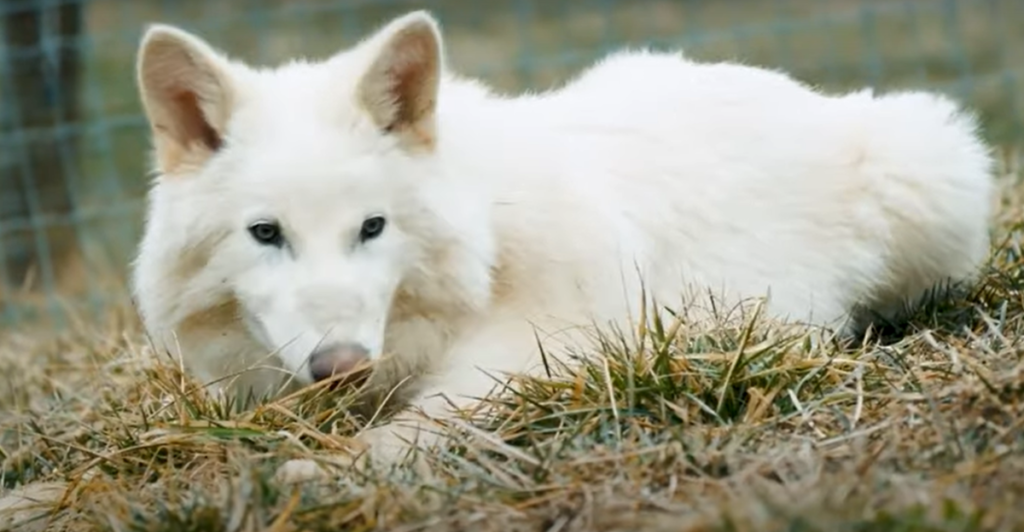
With dire wolves walking the Earth again, extinction is no longer a one-way street. That changes everything. If we can bring back species lost for millennia, what else might we restore—or reengineer? Conservation becomes proactive. Biodiversity becomes programmable. But this power comes with responsibility.
As ethicist Christopher Preston notes, just because we can revive species doesn’t mean they belong in today’s world. The dire wolf pups won’t be rewilded anytime soon, but their birth signals a shift in humanity’s relationship with nature.
No longer just caretakers or destroyers, we’ve become creators. The question now isn’t just what’s possible—but what’s wise. In this new era, extinction may be negotiable—but accountability never is.
Explore more of our trending stories and hit Follow to keep them coming to your feed!

Don’t miss out on more stories like this! Hit the Follow button at the top of this article to stay updated with the latest news. Share your thoughts in the comments—we’d love to hear from you!



